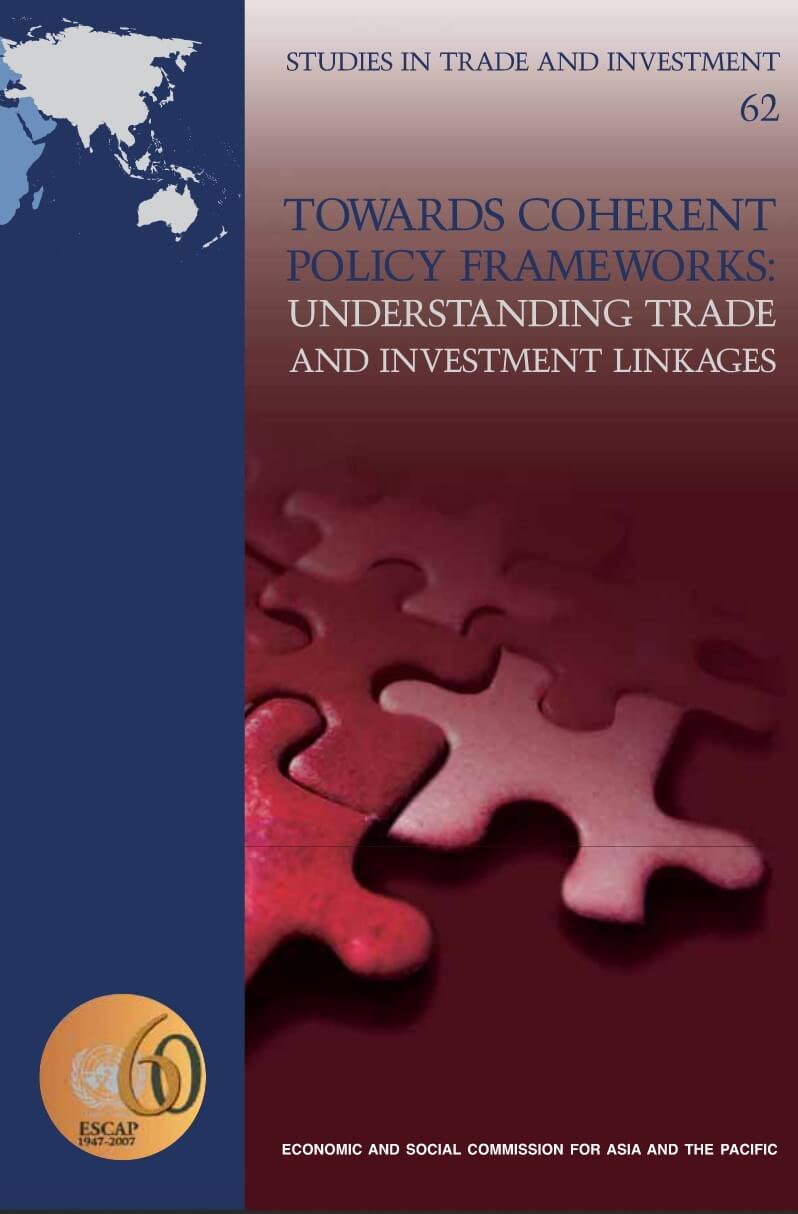Towards Coherent Policy Frameworks: Understanding Trade and Investment Linkage

Regional economic integration has been an important trend of the 1990s, led by the concept of a single European market created by the European Union in 1992 and the North American Free Trade Agreement (NAFTA) in 1994. These Regional Trade Agreements (RTAs) pursued a deeper type of integration covering preferential free trading arrangements complemented by investment liberalization across the region. The level of economic integration was progressively deepened, and coverage of RTAs expanded over time. Thus, European Union progressively evolved into an economic union and then a monetary union with a single currency, while expanding the membership to cover 27 countries and eventually even more.
A major motivation for pursuing deeper regional economic integration has been to facilitate restructuring or rationalization of industry across the region on the most efficient basis so as to exploit the economies of scale and specialization and strengthen the competitiveness of each country's industries. These RTAs have over time become major factors in shaping global patterns of trade, foreign direct investments (FDI), production and competitiveness. As they began to account for the bulk of global trade, other regions also started to evolve their own schemes of global economic integration.
Studies in Trade and Investment No. 62 (ST/ESCAP/2469)
